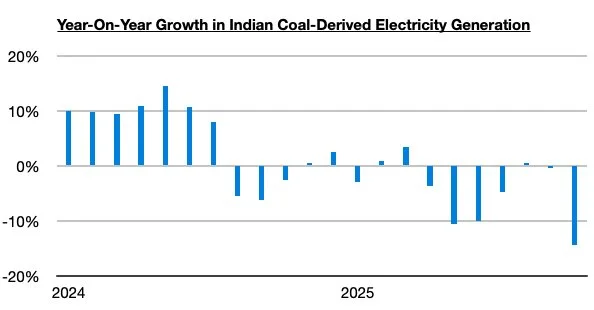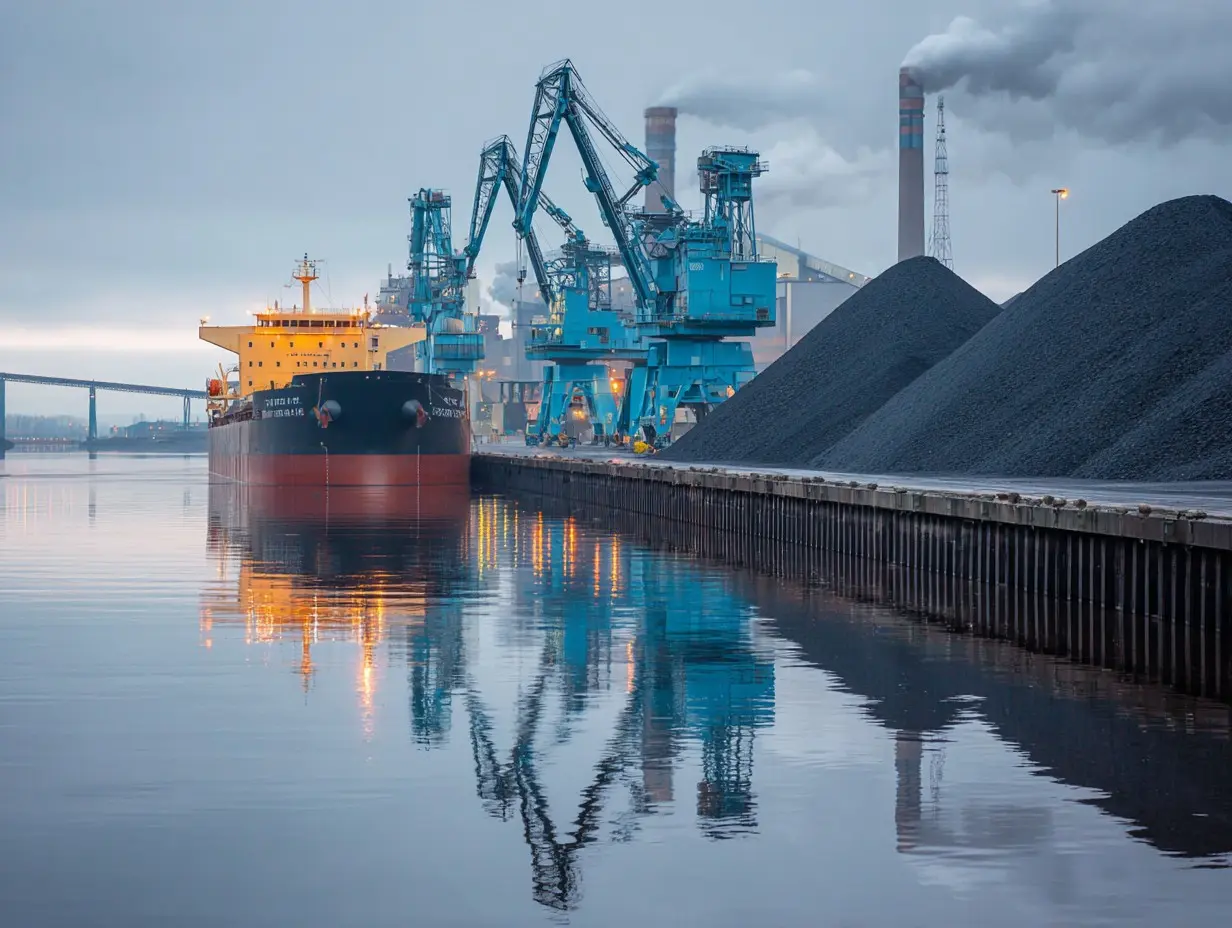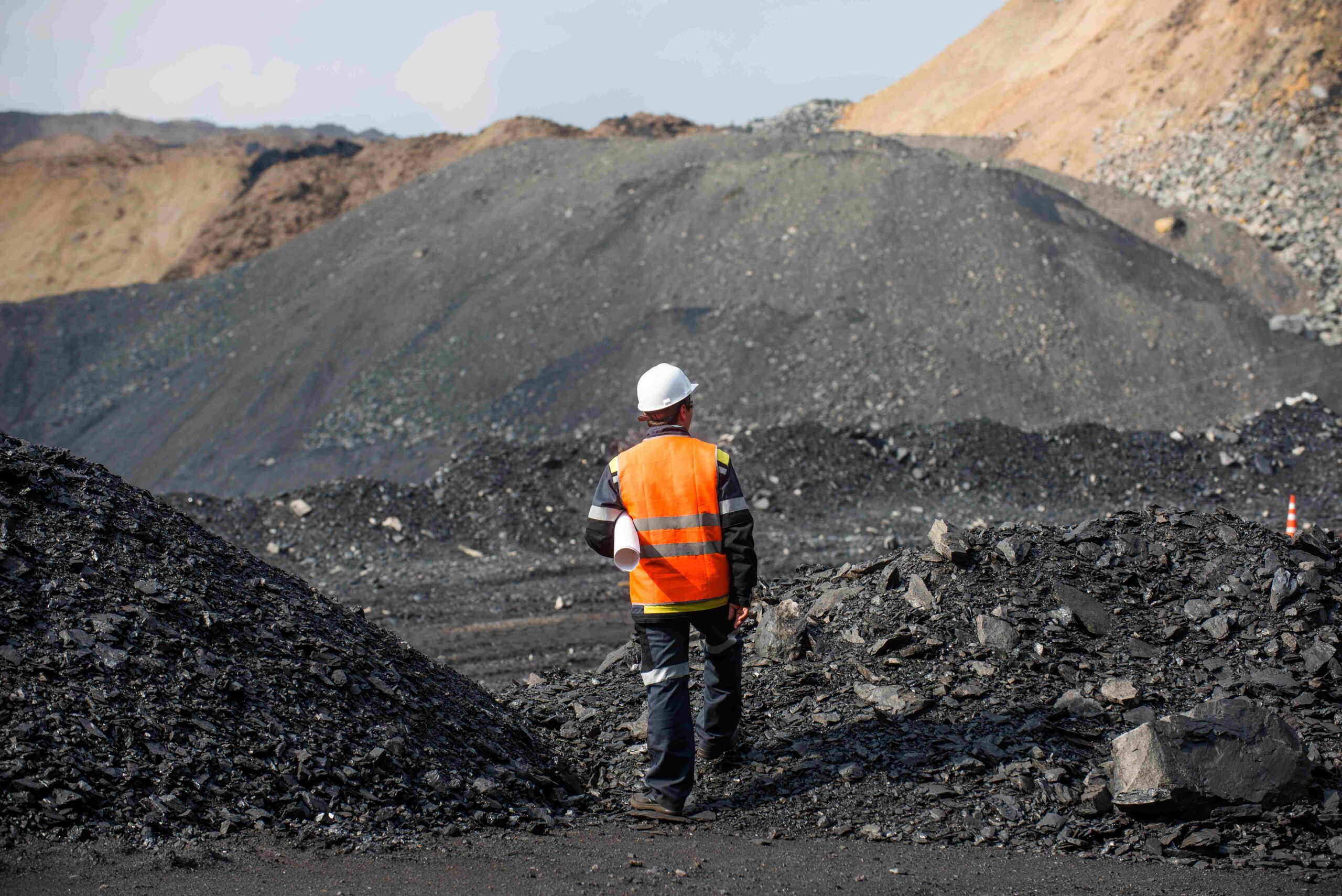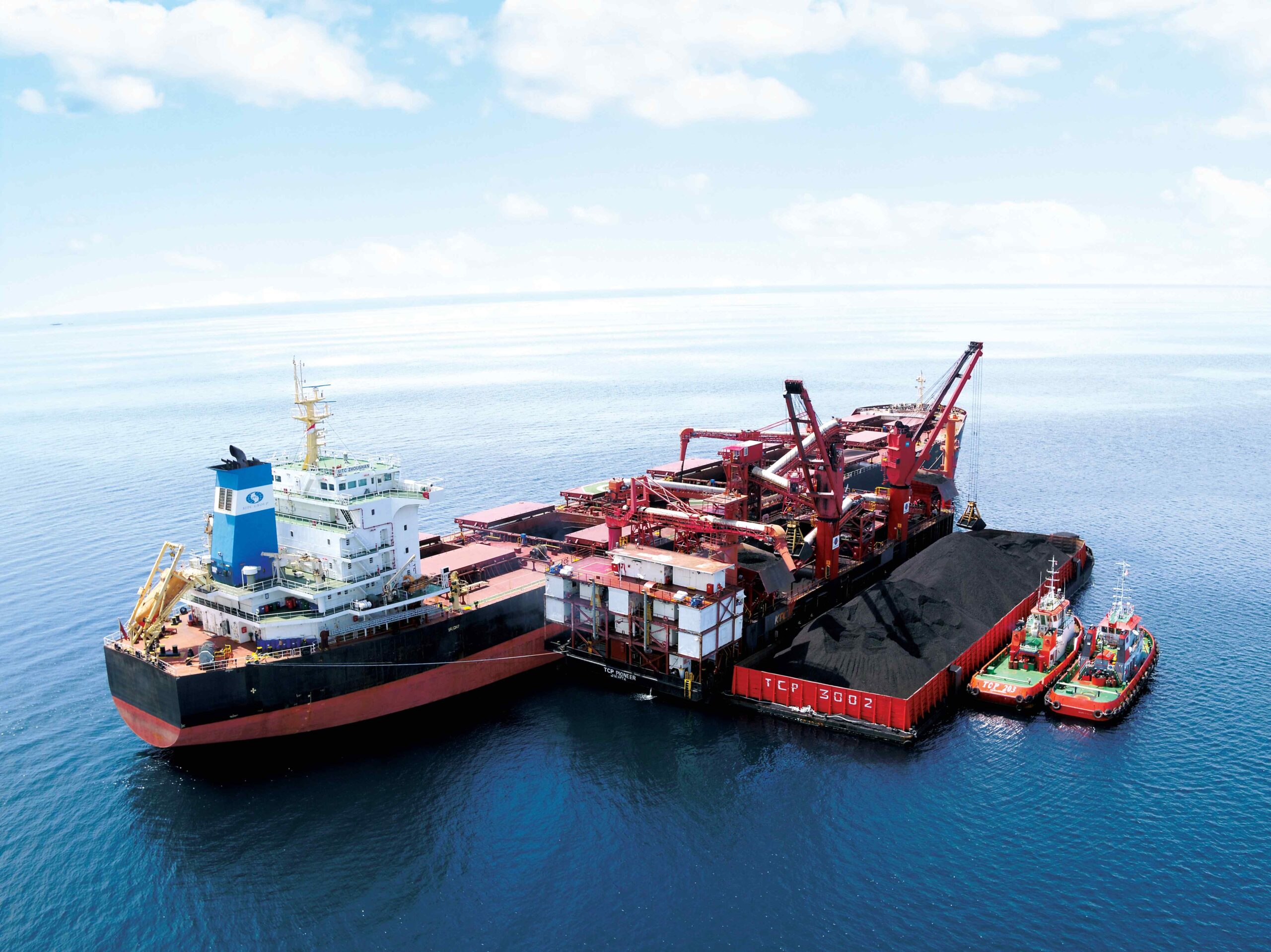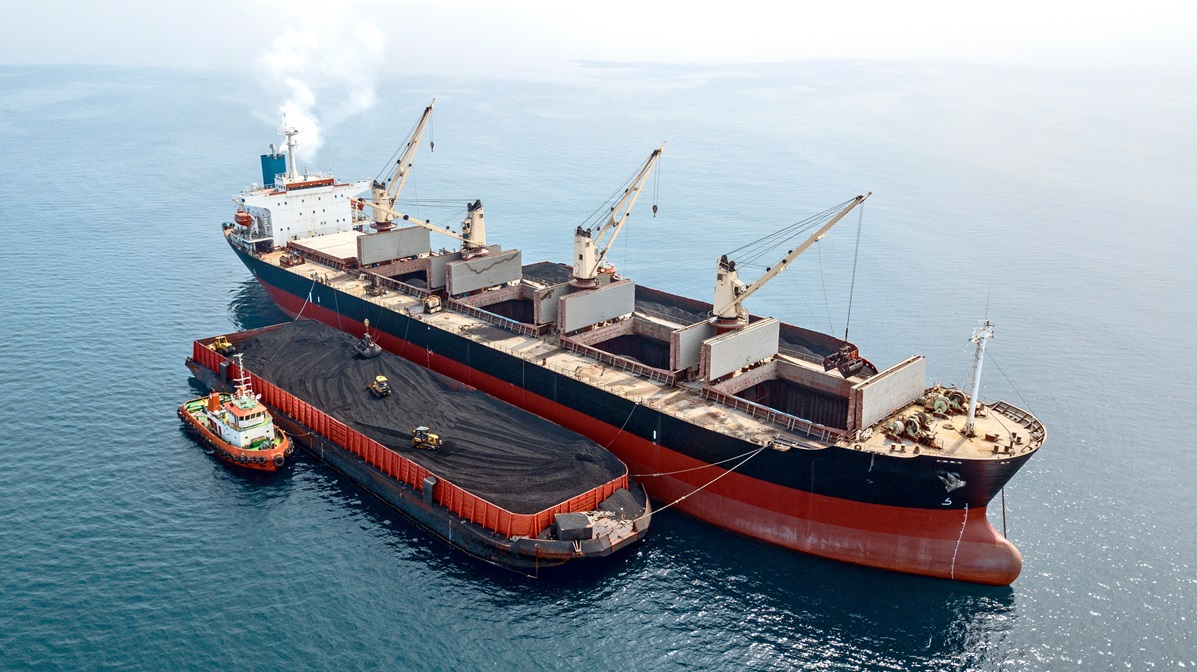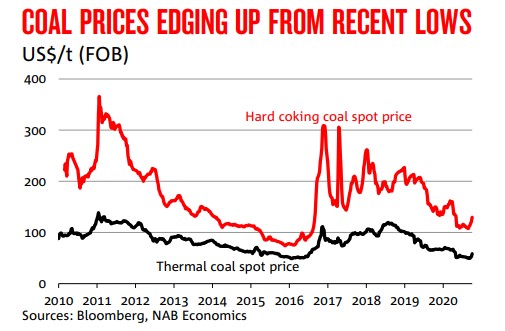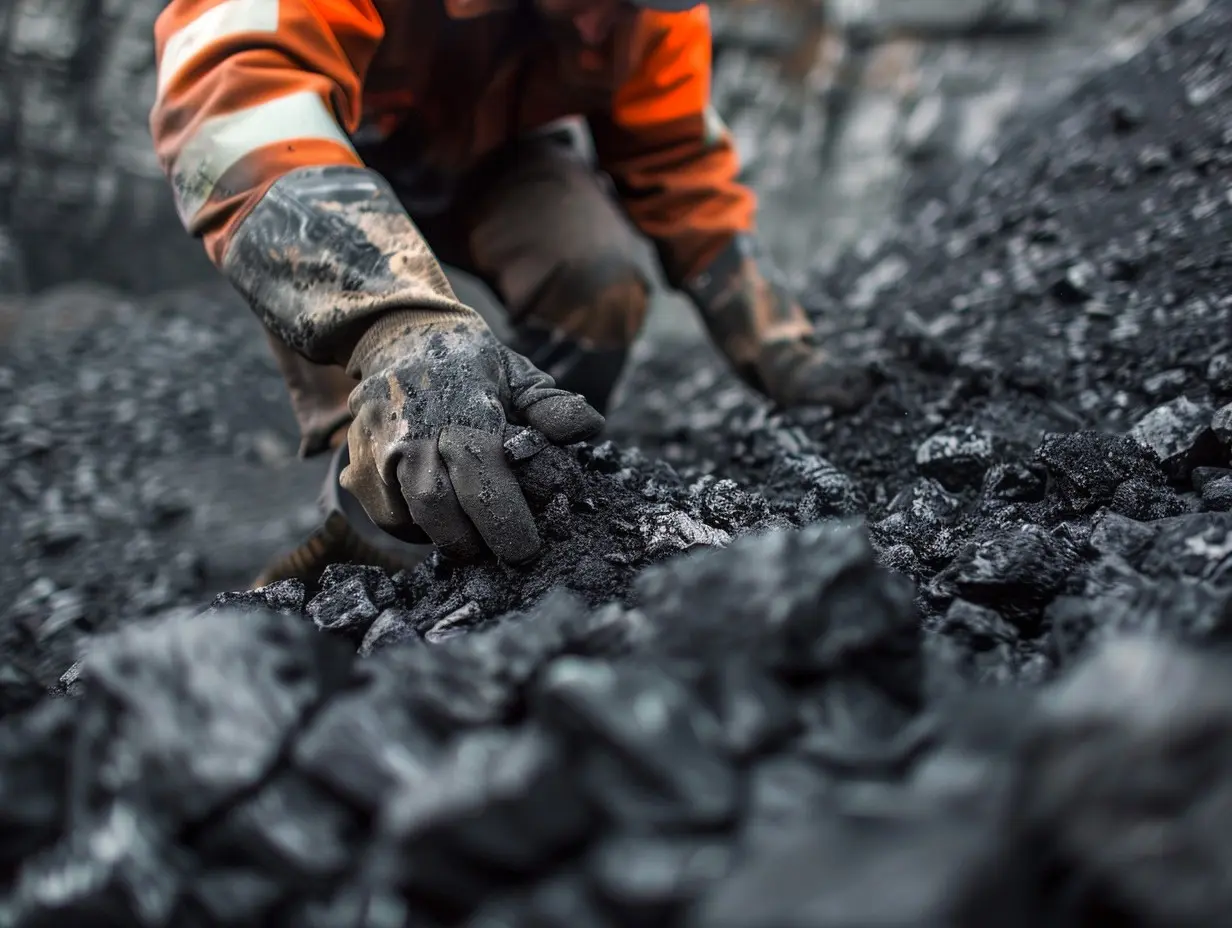
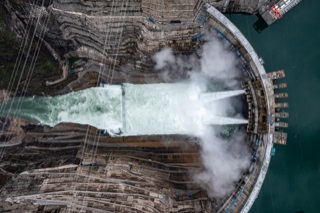
China on Monday took another huge step towards further reducing its reliance on fossil fuels for electricity generation by formally commissioning the first two of 16 generators at the new Baihetan hydropower station located on the border of Southwest China’s Sichuan and Yunnan provinces. Once fully commissioned, the Baihetan plant will produce enough electricity to allow China to reduce consumption of 7,000 kcal/kg standard coal by 19.7 million tonnes/year, according to a report posted on the central government website on June 28.
Baihetan to become the world’s second-largest hydropower station
Construction started on the Baihetan dam and power station in August 2017 and when fully commissioned in July 2022, it will boast a total installed power generating capacity of 16 million kW, making it the world’s second-largest hydropower station after the massive Three Gorges Dam facility in Central China’s Hubei province, the government report noted.
After being fully commissioned, the average annual power generation of Baihetan will reach 62.4 billion kWh, enabling China to reduce carbon dioxide emissions produced by burning coal by 51.6 million t/y, and cutting emissions of sulphur dioxide and nitric oxide by 170,000 t/y and 150,000 t/y respectively, the report noted.
Baihetan is among the four mega hydropower stations located downstream on the Jinsha River (the other three being Wudongde, Xiluodu and Xiangjiaba) which is the upstream of Yangtze River. All four stations, with a total installed power capacity of 46.5 million kW, were constructed by the China Three Gorges Corporation (CTG) and all have now been commissioned.
Baihetan is a key component in China’s “West-to-East Electricity Transmission Project” where power generated by the station will be transmitted to East China to serve the region’s high-quality economic growth, according to the government report. Besides power generation, the 289-metre-high dam also serves the purpose of flood control and will help improve shipping conditions on inland waterways, the report noted.

Picture of Baihetan station taken by drone, Xinhua News
China’s steel plants contribute to Baihetan’s construction
“All the core technology in the Baihetan hydropower station employs (Chinese) independent intellectual property,” Lei Mingshan, president of CTG, was quoted as saying in the government report.
“If we gave up our independent research and development into making electrical steel sheets for the power generators at the Baihetan station, these would all still need to be imported,” Kang Yonglin, the director of electromechanical project team for Baihetan’s construction was quoted as saying in another CTG report.
Previously, CTG had relied on imported electrical sheets for the Three Gorges hydropower station (commissioned in July 2012) before beginning cooperation with Baoshan Iron and Steel in the electrical steel sheet research and development, he said.
Shougang Group, headquartered in Beijing, also provided 3,000 tonnes of grain-oriented silicon sheets for use in the 25 500-kV transformers. Echeng Steel, based in Central China’s Hubei province, was the largest provider of steel plate for the Baihetan project, providing some 18,000 tonnes – accounting for 40% of the engineering machinery grade plate the project required, according to a report by China Metallurgical News on June 28.
Other steel companies providing steel inputs during Baihetan’s construction included Angang in Northeast China, Hebei Iron and Steel in North China and Jiuquan Iron and Steel in Northwest China, according to the report.
China accelerates clean energy utilisation to substitute coal
Hydropower is now China’s second-largest power supply source after thermal power and is seen as key supplementary source of electricity to thermal, particularly during summer when power demand for households soars, Mysteel Global noted.
However, low precipitation in the country’s main catchment areas earlier this year saw hydropower generation grow by only 3.8% on year to 368.5 billion kWh over January-May, or far lower than the 14.9% on-year growth seen in total power generation to 3.18 trillion kWh over the same period, according to the official data.
To achieve the central government’s target of achieving peak carbon emissions for China by 2030 and reaching carbon neutrality by 2060, Beijing has accelerated the utilisation of power generators fuelled by hydro, wind, solar energy, and natural gas, as reported.
Over January-May, China newly installed some 37.4 million kW capacity of power generators, of which only 7 million kW were coal-fired power generators, according to data from the China Electricity Council.


